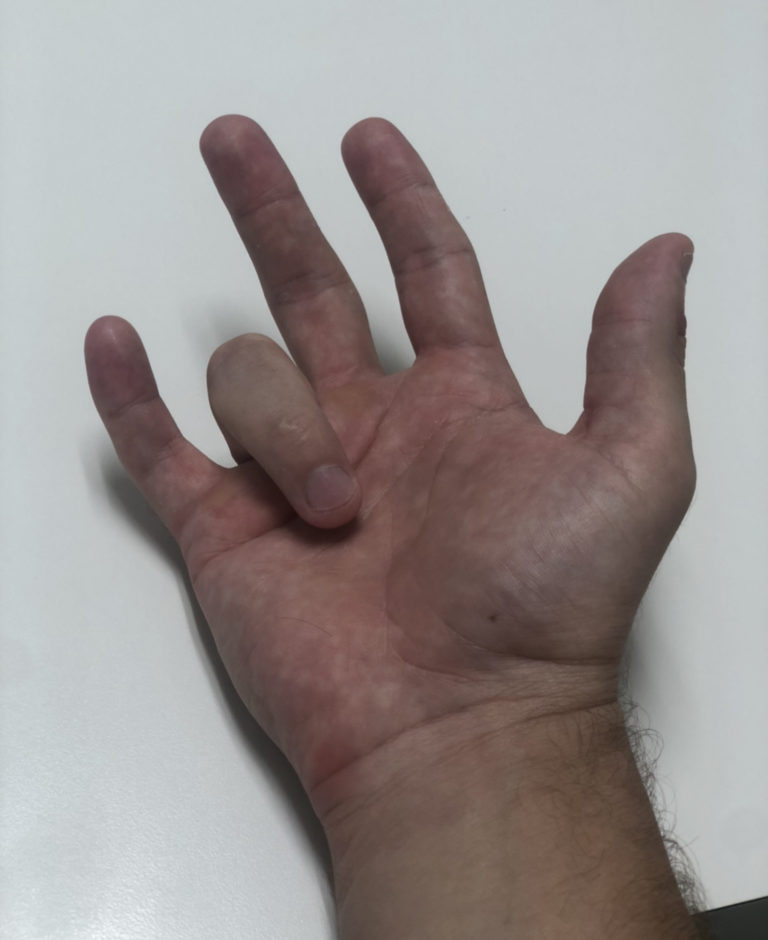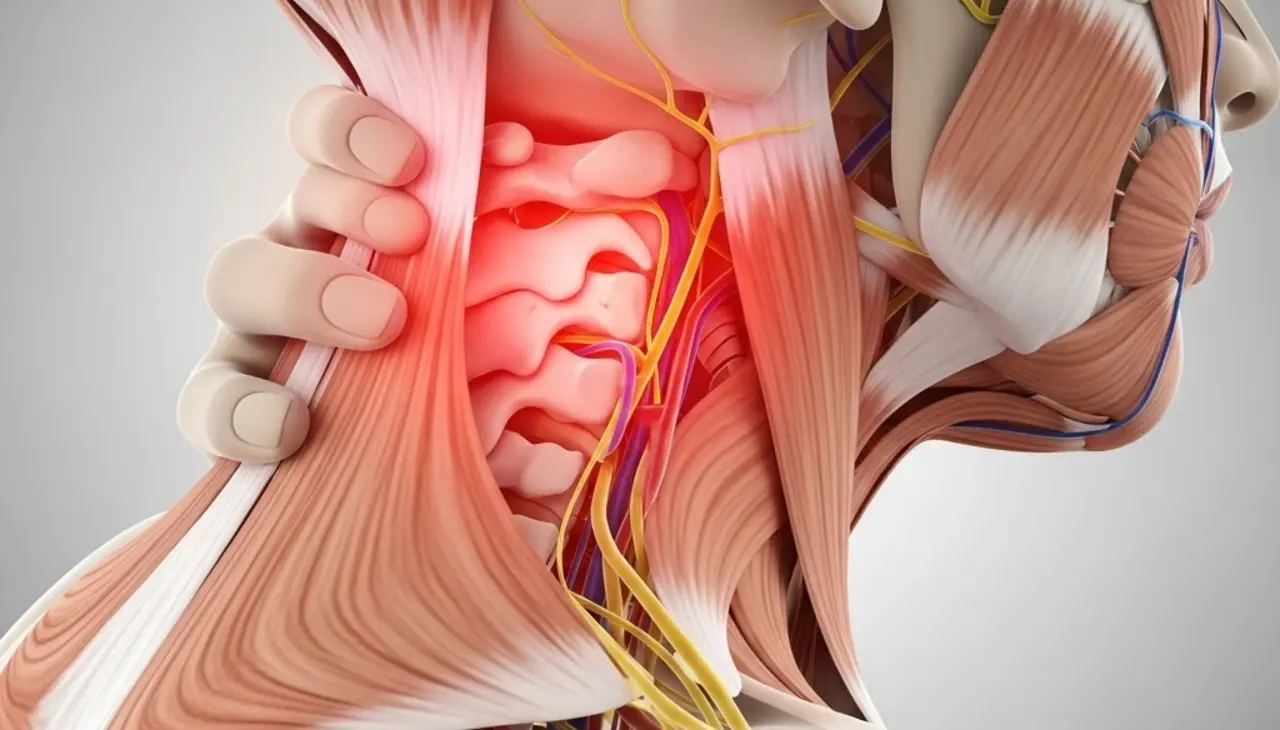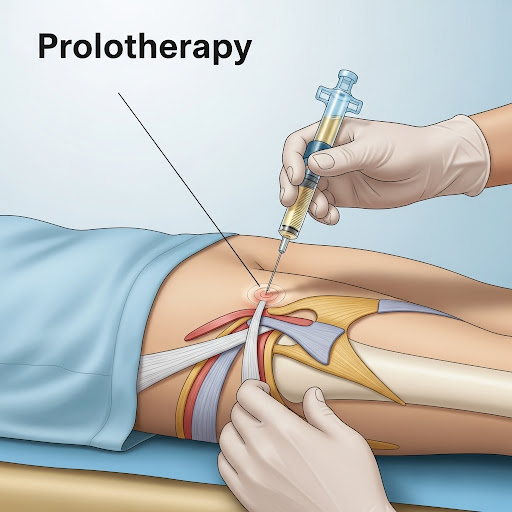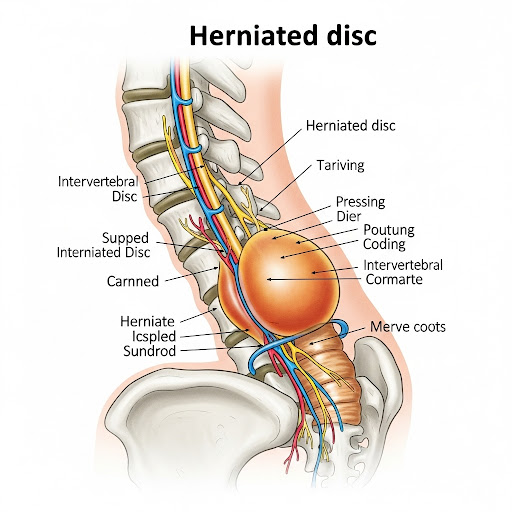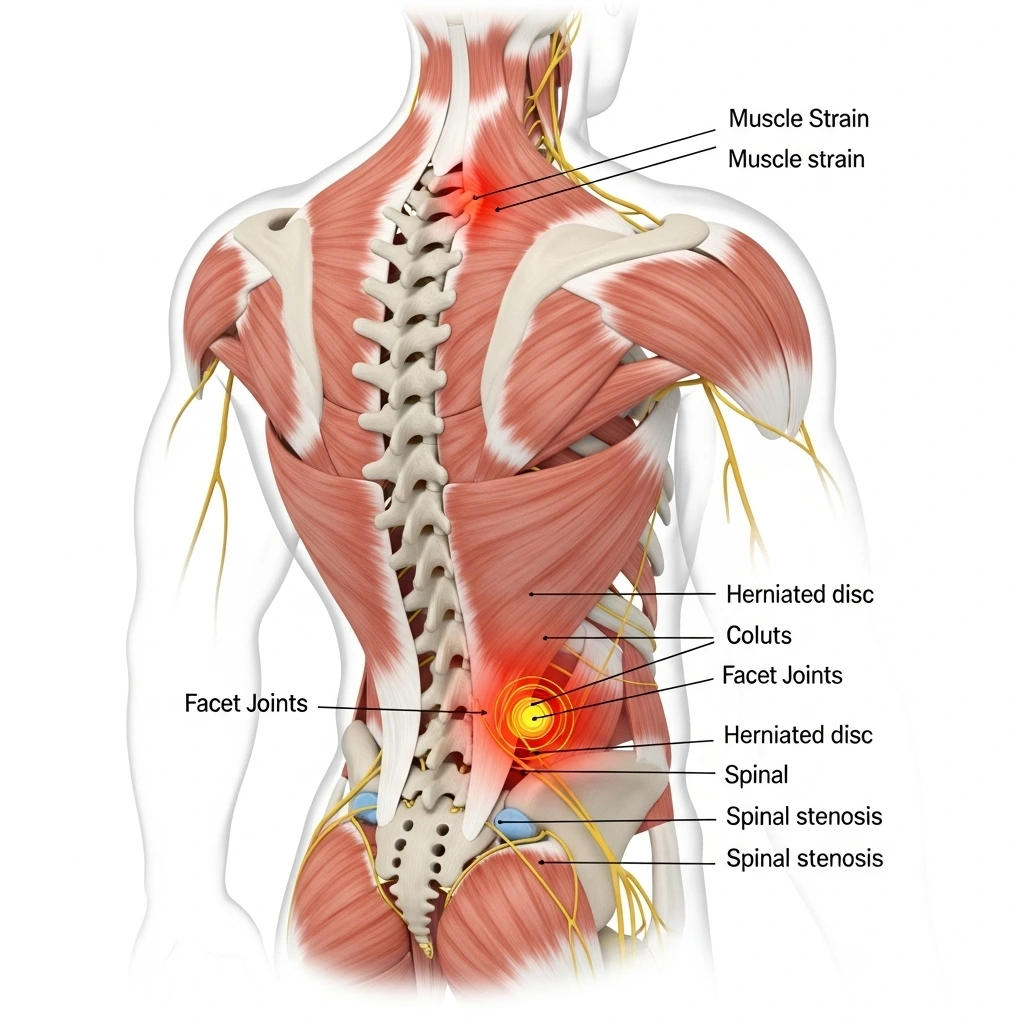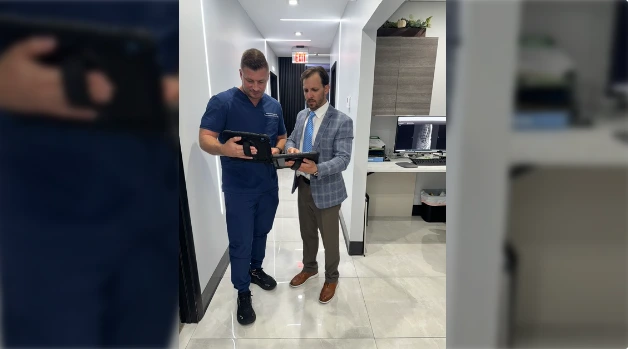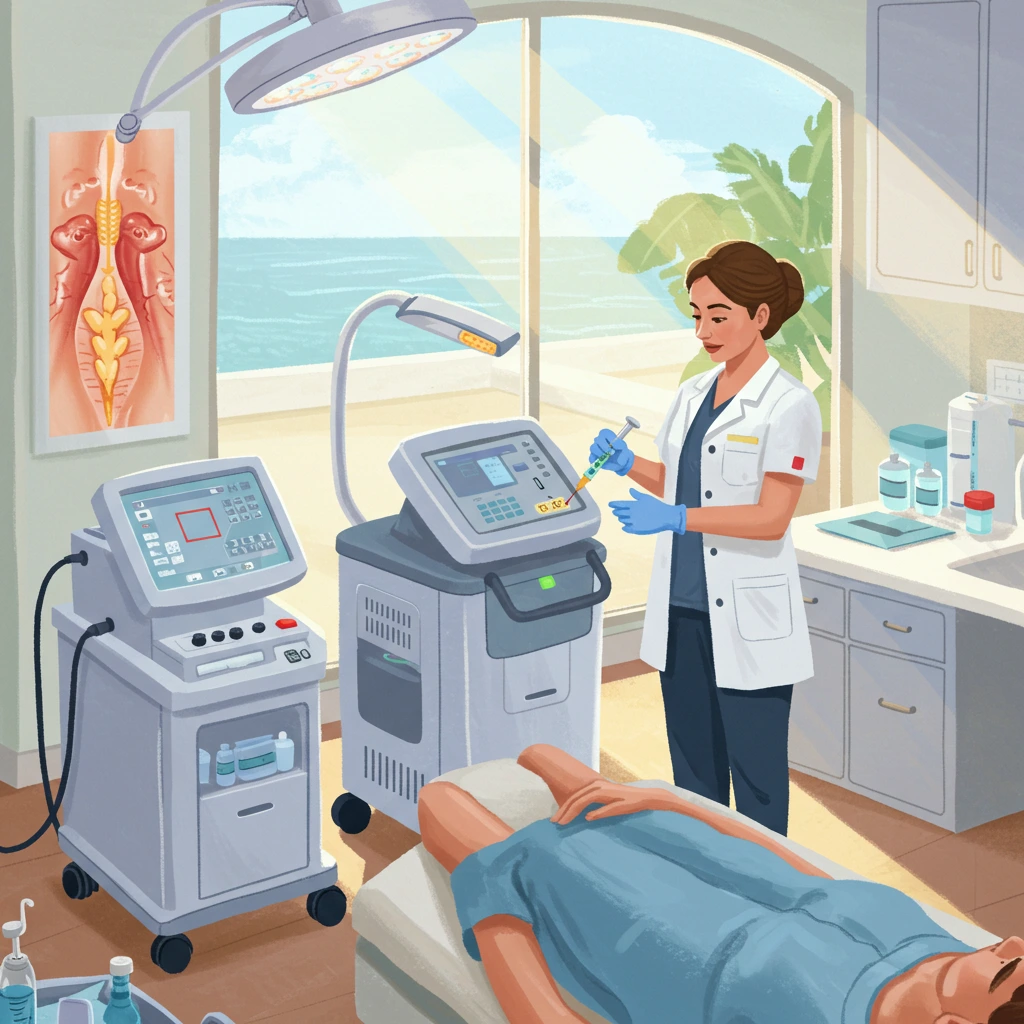Dive into the world of trigger finger treatments through this comprehensive guide, enabling you to navigate your way to a pain-free life.
Introduction:
Living with the discomfort of trigger finger can hinder daily activities and impact overall quality of life. In this comprehensive guide, we will delve into the various treatments available to alleviate trigger finger symptoms and provide valuable insights to help you make informed decisions. We hope this article helps you understand trigger finger treatments.
Understanding Trigger Finger:
To comprehend trigger finger and its treatment options, it is crucial to grasp its definition, causes, and the intricate anatomy of the finger and hand. Trigger finger is characterized by the inflammation and narrowing of the tendon sheath, leading to difficulty in finger movement. Certain risk factors, such as repetitive hand motions and underlying health conditions, may contribute to its development.
Identifying Trigger Finger Symptoms:
Recognizing the signs and symptoms of trigger finger is essential for early intervention. Symptoms include finger stiffness, popping or clicking sensation, and difficulty extending or flexing the affected finger. Differentiating trigger finger from similar hand conditions is crucial, and seeking medical attention promptly is advised.
Diagnosing Trigger Finger:
Accurate diagnosis is the cornerstone of effective treatment. During a physical examination, a medical professional will assess the affected finger’s range of motion and perform specific tests to confirm the trigger finger diagnosis. In some cases, diagnostic imaging techniques like ultrasound or MRI may be utilized to provide a more comprehensive evaluation.
Conservative Treatments for Trigger Finger:
Non-surgical approaches form the initial line of treatment for trigger finger. Resting the affected hand, modifying activities to avoid triggering movements, and utilizing nonsteroidal anti-inflammatory drugs (NSAIDs) can provide relief. Hand exercises and stretches may also help maintain flexibility, while splinting or immobilization techniques provide support and protection. It is important to understand the benefits and limitations of these conservative methods.
Medications for Trigger Finger:
In certain cases, medications are prescribed to manage trigger finger symptoms. Oral corticosteroids and local corticosteroid injections are commonly used to reduce inflammation and relieve pain. However, potential side effects and individual considerations should be discussed with a healthcare professional. Medications can play a supportive role in the overall management of trigger finger.
Ultrasound-Guided Trigger Finger Release:
The Institute of Regenerative Orthopedics & Sports Medicine specializes in ultrasound-guided trigger finger release, a minimally invasive procedure offering precise treatment. This technique involves using ultrasound guidance to visualize the affected tendon sheath and precisely release the constricted area, alleviating symptoms and restoring finger movement. The benefits of ultrasound guidance include increased accuracy and reduced risk of complications.
Invasive Surgical Interventions for Trigger Finger:
In more severe cases or when conservative measures fail to provide relief, surgical intervention may be necessary. Open release surgery involves making an incision to access and release the affected tendon sheath, while percutaneous release surgery utilizes a needle-like instrument to perform the release through a small puncture. Rehabilitation and post-surgery care are vital for optimal recovery.
Alternative Therapies for Trigger Finger:
Complementary therapies like acupuncture, physical therapy, herbal remedies, and chiropractic care are often explored to complement traditional treatment approaches. While evidence supporting their effectiveness varies, some individuals may find these therapies beneficial. It is important to consult with a healthcare professional and explore evidence-based options.
Post-Treatment Care and Prevention:
First of all , after trigger finger treatment, proper hand hygiene and self-care practices, such as regular hand exercises and stretches, are crucial for maintaining finger mobility and preventing recurrence. Also lifestyle modifications, such as avoiding repetitive hand motions and maintaining a healthy weight, can contribute to long-term symptom management. In addition regular follow-up visits and monitoring with healthcare professionals are recommended to ensure optimal outcomes.
Living a Pain-Free Life with Trigger Finger:
By embracing the comprehensive treatments discussed in this guide and seeking ongoing support from healthcare professionals, individuals can experience significant improvements in their trigger finger symptoms. Furthermore, it is essential to recognize the emotional and psychological impact that trigger finger can have and take proactive steps towards managing the condition effectively.
Conclusion:
In conclusion, navigating the world of trigger finger treatments requires a comprehensive understanding of the condition and the various therapeutic options available. By following the guidance provided in this comprehensive guide, individuals can make informed decisions about their treatment journey, ultimately leading to a pain-free and fulfilling life. With the expertise of the Institute of Regenerative Orthopedics & Sports Medicine and their focus on ultrasound-guided trigger finger release, you can trust in receiving the highest level of care and expertise.
